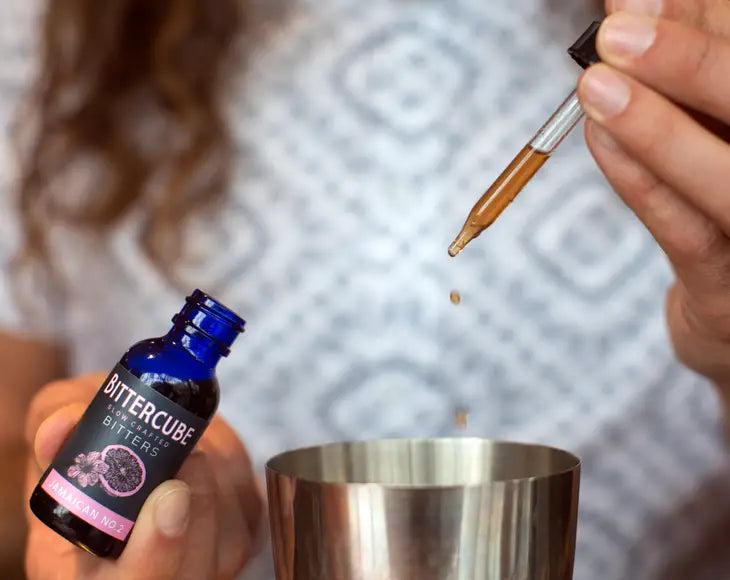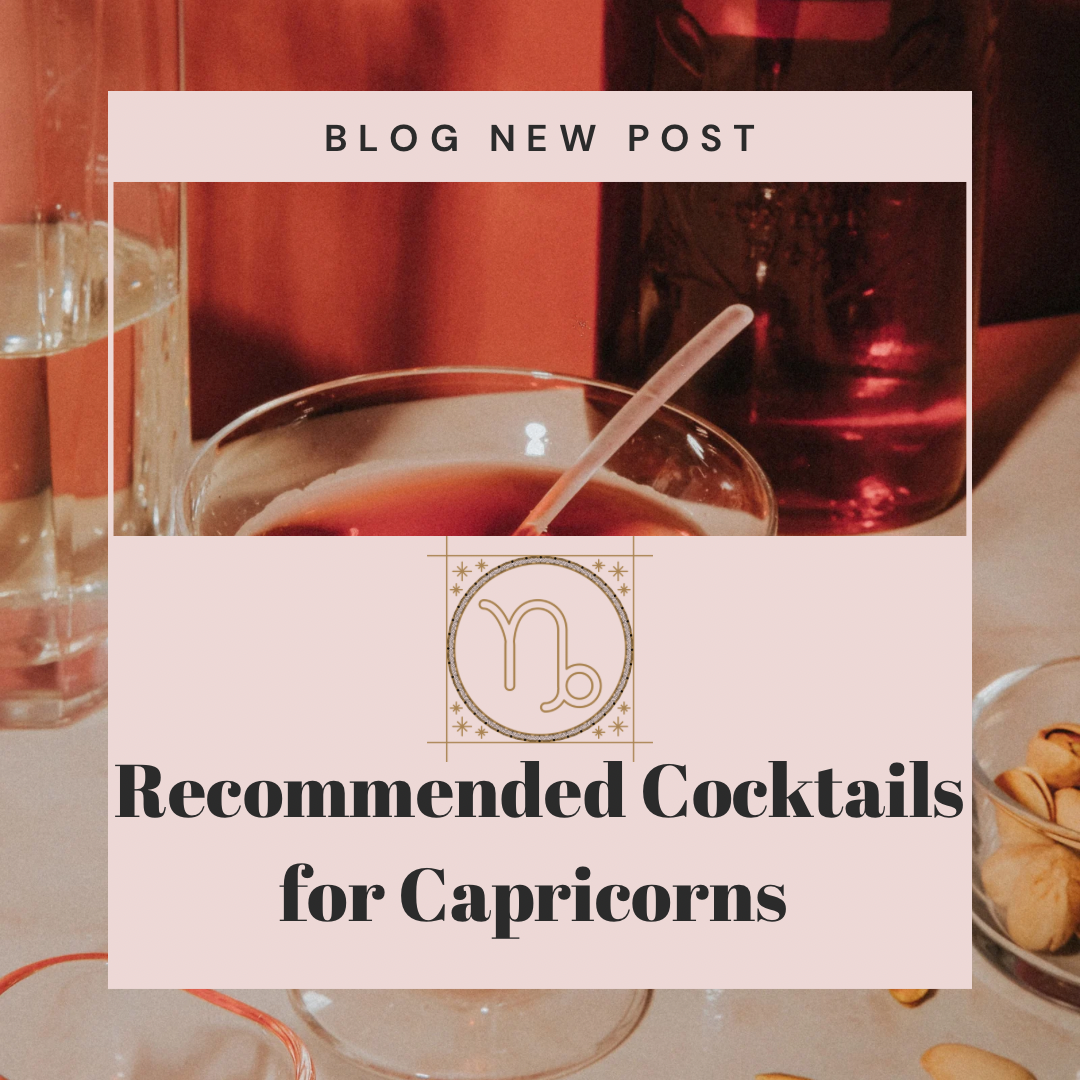The Bitter Truth: A Guide to Using Bitters in Cocktails

Cocktails are a must-have during any party, but have you ever considered using bitters as in your drinks? Bitters are often underrated yet they can make any cocktail more complex and delicious. In fact, bitters have a long history of use as a digestive aid and drink flavor enhancer. They come in various flavors and add complexity to cocktails, making them a great addition to any party. If you’re interested in using bitters to transform your drinks, then read on for our guide on how to use bitters in cocktails.
The Basics of Bitters:
First things first. Bitters are concentrated flavorings made by infusing herbs, spices, and other aromatic ingredients in high-proof alcohol. They were originally created for medicinal purposes but soon found their way into cocktails, where they add depth, complexity, and balance. The most common types of bitters are aromatic, orange, and Angostura, but there are many other varieties out there, including celery, grapefruit, and chocolate. Thanks to their strong and often bitter taste, bitters are typically added in small amounts, usually a few dashes per drink.
Pairing Bitters with Spirits:
One of the secrets to using bitters successfully in cocktails is to find the right spirit match. Aromatic bitters (such as Angostura) pair well with dark spirits like whiskey and rum, as well as with gin and vodka. Orange bitters are great in vodka and gin-based drinks, while grapefruit bitters offer a refreshing twist to tequila and rum drinks. As a general rule, you want to select bitters that complement and enhance the flavors of the spirit, rather than clash with them.
Adding Flavors and Aromas:
Another way to use bitters in cocktails is to add a specific flavor or aroma. For example, chocolate bitters can give a rich, cocoa flavor to an Old Fashioned, while lavender bitters can bring a floral note to a gin and tonic. Some bitters, such as celery or olive, are often used to balance out the sweetness of a drink. Don't be afraid to experiment with different combinations and see what works for your taste buds!
Using Bitters in Classic Cocktails:
Many classic cocktails rely heavily on bitters to achieve their signature flavor profiles. For example, a Manhattan cocktail requires just a few dashes of Angostura bitters to balance the sweetness of vermouth and enhance the spiciness of the rye whiskey. A Negroni, on the other hand, gets its bitterness from Campari, a bitter liqueur, but is often augmented by a few dashes of orange bitters for added depth. By mastering the use of bitters in classic cocktails, you can gain a better understanding of how they work and how to use them in your own creations.
DIY Bitters:
Finally, for those who are feeling adventurous, making your own bitters can be a fun and rewarding experience. All you need is some high-proof spirits, herbs, spices, and a bit of patience. While the process can take several weeks, the result is a unique and personalized flavoring that can take your cocktails to the next level. There are plenty of resources online to help you get started, so why not give it a try and see where your creativity takes you?
Now that you know the basics of using bitters in cocktails, it's time to put your knowledge into practice. Whether you're mixing up a classic Manhattan or experimenting with your own flavors and combinations, bitters are a versatile and indispensable ingredient that can take your cocktails from good to great. So next time you're behind the bar, don't forget to reach for the bitters and let your creativity run wild! Cheers!

|
| Bitters and Syrups |




Comments